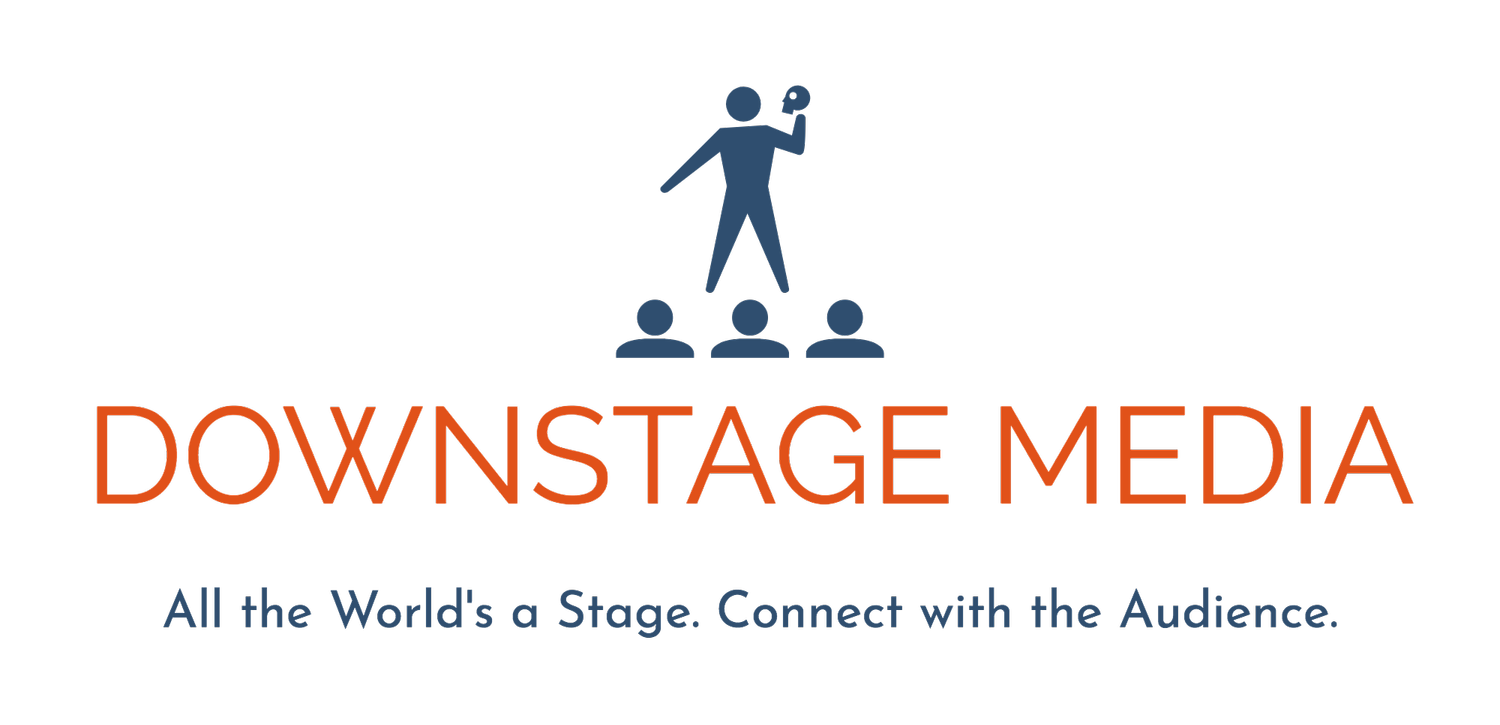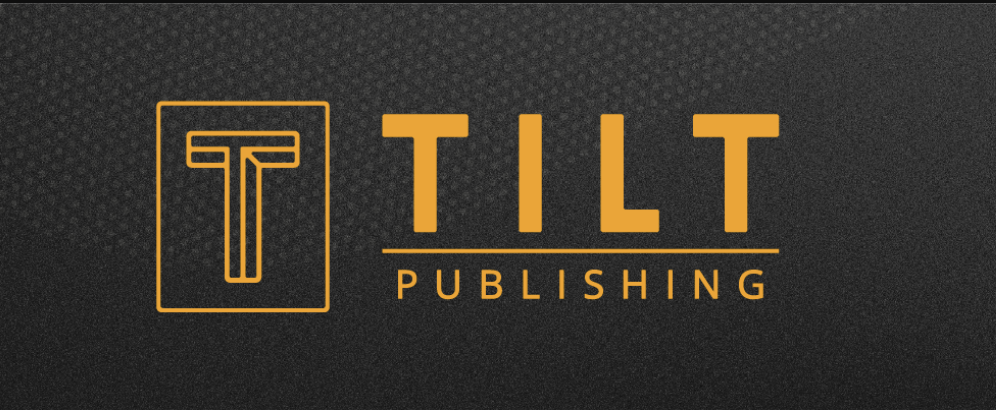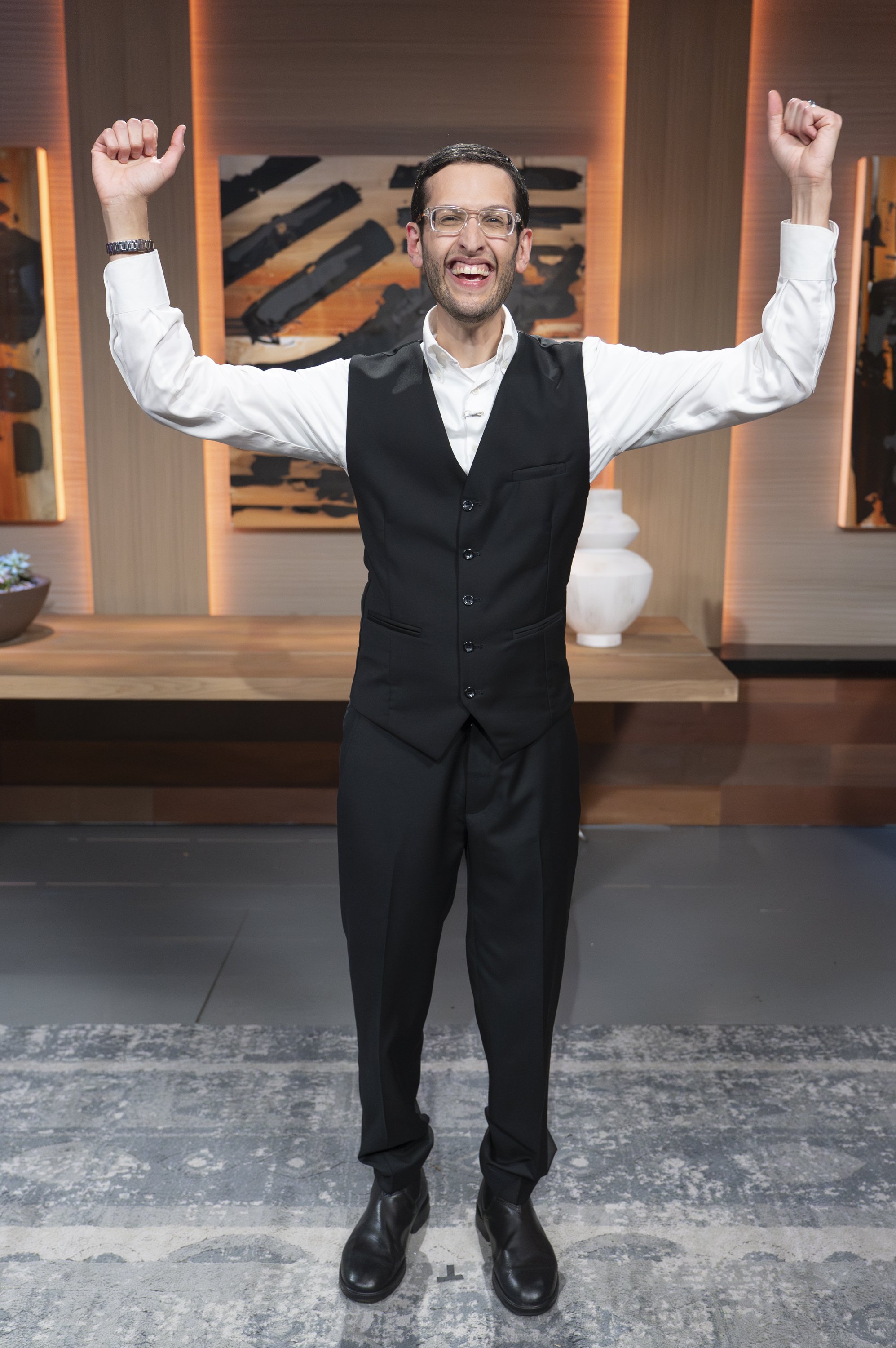3 Scary Truths (with Data) About Your Brand’s Social Media
Social media moves fast—and the only way to keep up is by facing some uncomfortable truths. As social platforms evolve, so do user behaviors, algorithms, and marketing strategies. This year, we’ve seen some big shifts, backed by fresh data from the Digital 2024 Global Overview Report and We Are Social’s latest findings.
If you’re not staying ahead of these changes, you could be missing opportunities to engage your audience and drive growth. But don’t worry! I’ve got you covered with the latest insights and practical tips to improve your brand’s social media strategy.
There are marketing monsters under the bed and we don’t want to look at them. And because we have so much else to do, we don’t really have to. Until it’s dark, it’s late, and we’re desperate to figure out what’s wrong with our marketing. Why our audience isn’t growing the way that we want it to. Or why what we’re doing on social media isn’t translating to more sales.
It may feel easier to avoid these monsters as long as possible, but eventually they are going to rear their ugly heads: a big event will come up unexpectedly and you’ll be scrambling, an important potential client will be taking a look at your brand a little closer, a potential partner is vetting you. Whatever it is, these monsters are holding you back, and you gotta deal with them sooner rather than later.
I’ve been handling social media marketing for arts-based brands and small businesses for almost ten years. In that time, I’ve come to rely on the quarterly report that We are Social and Hootsuite publish. It provides illuminating data of how people use the internet and social media.
Scary Truth #1: Your Audience is Looking At Your Stuff
It may seem counterintuitive that this is the first scary truth, but here’s why. Although in marketing you want people to look at what you do, the people who come up to me after one of my keynotes are often cringing. “Oh goodness. Please don’t look at my website. Or my Instagram. It’s awful.”
Look, if your main marketing and sales channels are “awful” they are not going to fix themselves. And the fact of the matter is, your potential customers are going to them to find out more about you. According to the Global State of Social, people are visiting your website, watching a video you made, following you on social media, checking out your socials, and reading your emails. Like it our not, you’re out there. And you’ve got to put yourself in your best light. But, there is good news.
According to this data you know exactly what to focus on first. You can make the messaging on your homepage a little clearer, polish the descriptions on your recent videos, and make sure your social media account is up to date. Because we know that’s what audiences are doing when they’re investigating brands.
Scary Truth #2: Your Audience Isn’t Looking At Your Stuff
It’s a paradox, I know. But if you look at Hootsuite and We Are Social’s findings, they go to social media to keep in touch with friends and family, fill spare time, and read news stories. Way down the list is seeing content from favorite brands. Which basically means, it’s normal if your audience isn’t seeing your stuff when they open up their social media apps.
Many clients find that discouraging. If not that many people are seeing my stuff, why should I bother?
Here’s why.
You still want to publish content on your company’s social media accounts because:
when new customers are close to making a buying decision, they are going to look at your social media accounts (see Scary Truth #1), so you want to make sure your house is in order
the subset of your audience who sees your stuff are your people, and you want to nurture those relationships. Think of them as the top 5% of your fans.
it builds the muscle of publishing content. Your first 100 posts will be lame. But you have to make them to get to the 101st post which is better.
3. You Can’t Be Everywhere
Look, nothing can cause shiny object syndrome more than social media. There are always new tactics, and new trends, and new platforms. The average American is on at least six different social media platforms. Which is fine if you are casually checking in on friends and family. But if you are running a brand, it’s too many to be able to sustainably maintain as a lean team.
I’m gonna tell it to you straight: You build on all of them.
I know how it goes. You start an account for your brand because it’s the hot new thing. And then you start posting on it for awhile. And eventually you lose traction because you are chasing tactics and trends. So you think it’s the platform that’s the problem.
And then when a new platform comes center stage, you are ready to jump on it and the cycle starts all over again.
Here’s my advice on this, after ten years in this business seeing platforms come and go:
Go with two platforms that aren’t owned by the same company.
Create something, share something, respond to someone regularly.
Reassess every 90 days.
I know I seem like a broken record when I talk about this. But look what happened just the other day to a very talented artist. When your accounts are owned by the same company you run the risk of losing both with one fell hack. (By the way, give him a follow on Twitter and check out his stuff.)
You Don’t Have to Be Scared For Long
Even though these truths may resonate with you, it doesn’t mean that you are a lost cause. There are a number of ways to get your content from cringe worthy to binge worthy. You just have to take the first step.
Once you take that step, your social media becomes a key element that helps to bring in more audience members, and nurtures current ones.
Need help with your social media strategy? Join the Marketing Mentorship where you’ll learn the PAGER Model. And in the meantime, sign up to get blog posts like this one sent directly to your inbox.










